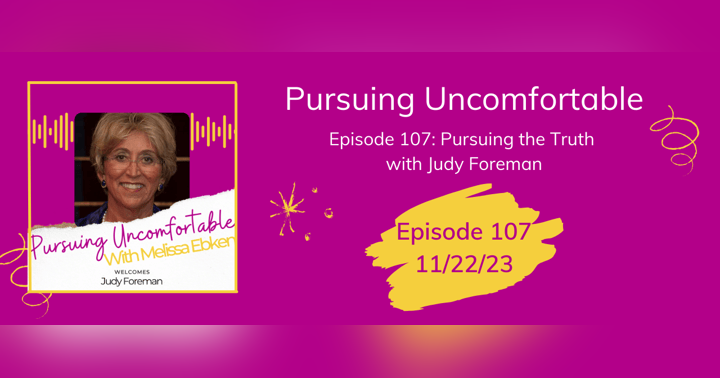Episode 78: Pursuing an Addiction-Free Teenager with Richard Capriola

Teenage substance abuse is a serious problem that can have far-reaching consequences for both the adolescent and their families. While it can be difficult for parents to detect early warning signs of drug and alcohol use, being knowledgeable about common risk factors, warning signs, and effective parenting strategies can go a long way in preventing or intervening when necessary.
Here are some key takeaways:
The Risks of Purchasing Drugs Off the Street
Purchasing drugs off the street is risky and dangerous because you don't know where they came from or what has been added to them. Unfortunately, drugs are widely available on the street and high school seniors report it is easy to get marijuana and alcohol, and they don't see these drugs as very dangerous.
Vaping and Teen Substance Abuse
Vaping has dramatically increased among teenagers in recent years, including vaping nicotine and marijuana. Parents must be on the lookout for paraphernalia that indicates vaping or other drug use may be taking place.
The Impact of the Pandemic on Teenage Substance Abuse
The pandemic led to a decline in drug use among teenagers because they were sheltered at home, not going to school, and not associating with their friends. However, there was a slight rebound in drug use in 2022, but it remains to be seen if it will continue and reach pre-pandemic levels.
Early Warning Signs and Treatment for Teenage Substance Abuse
Catching warning signs in children as early as possible can help parents intervene. Treatment for teenagers with substance abuse problems is often mandatory and may require parents to insist on their child receiving help. Despite initial resistance, many teenagers who receive treatment do successfully complete it. Parents should not expect their child to willingly agree to treatment or testing. Making the decision to put a child in treatment can be difficult but can result in a positive outcome.
Fentanyl and Teenage Substance Abuse
Fentanyl is a very powerful drug and can be deadly. It is not common among teenagers, but parents should still educate their children about its dangers. Pills obtained through social media, the internet, or from friends might contain fentanyl unknowingly. Obtaining drugs from strangers or friends who purchased them, not knowing they contain fentanyl, is dangerous.
Building a Support System for Parents of Children with Substance Abuse Issues
Knowing the warning signs of substance abuse also applies to parents. Parents of children going through substance abuse should build a support system for themselves as it can be a difficult and scary time. Feelings of fear, anxiety, and questioning oneself are normal reactions, but having a support system can help alleviate isolation and loneliness.
Effective Parenting Strategies for Preventing Teenage Substance Abuse
As a parent, it's important to set clear expectations about drug and alcohol use. Use a neuroscience approach, explaining the effects of drugs on the developing brain, which may be more effective in capturing a teenager's attention than just telling them drugs are bad. Open communication and a non-judgmental attitude can help keep the conversation open and build trust between parents and children.
Additionally, Richard has written a book called "The Addicted Child a Parent's Guide to Adolescent Substance Abuse," where parents can find more resources on warning signs, neuroscience research, and effective parenting strategies. It's essential to have conversations and build trust with your child early on, but, if you suspect your child is using drugs or alcohol, a professional evaluation from mental health and substance abuse specialists is vital.
In conclusion, teenage substance abuse is a complex problem that is best tackled through early prevention and intervention. By being knowledgeable about the risks, warning signs, and effective parenting strategies, parents can better protect their children and set them up for a healthy future.






